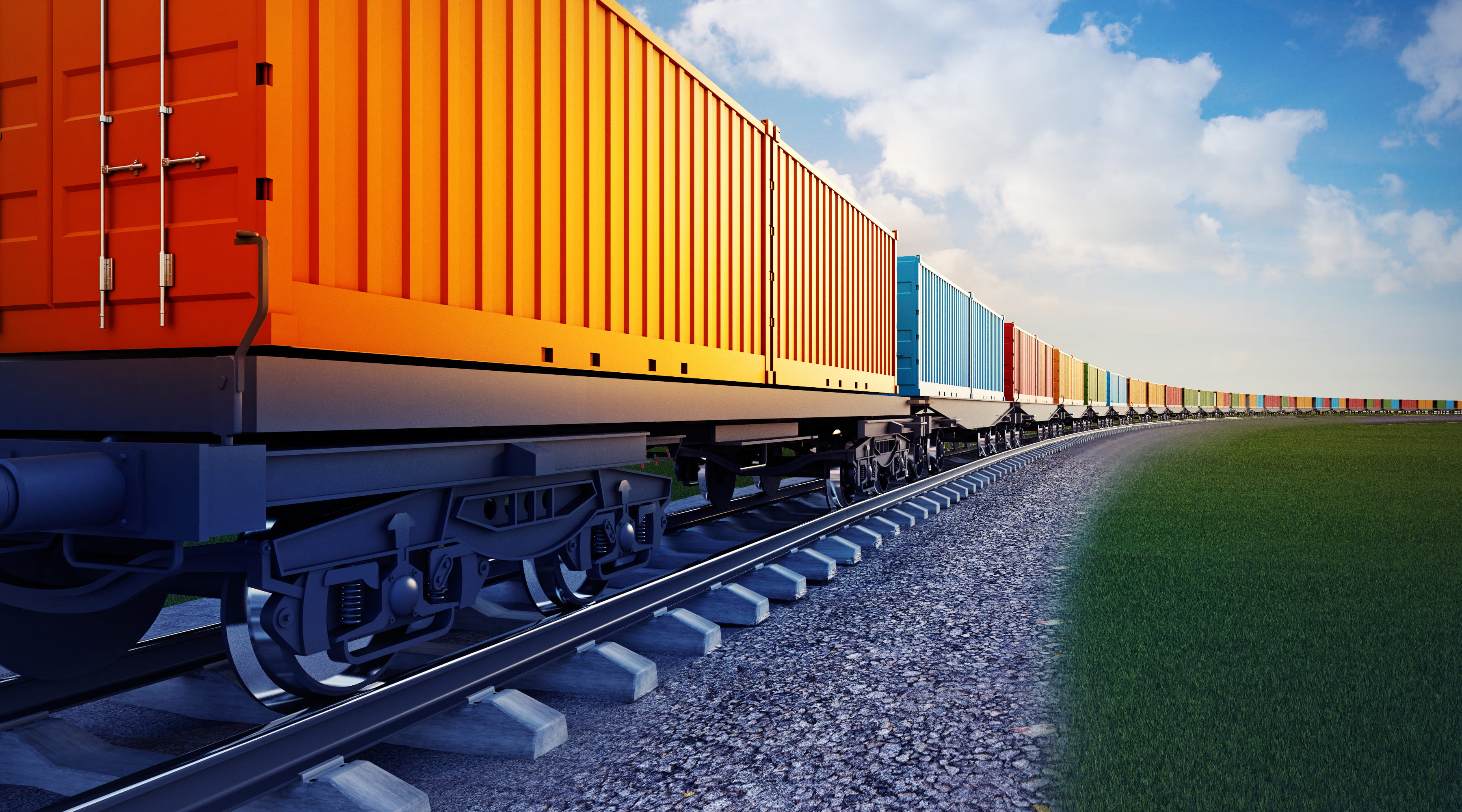
Perspectives
Defining features of intermodal transport include; a high level of systems integration, hardware standardisation and stringent interfaces. Although these conditions enable intermodal’s greatest benefits they also serve to restrict innovation opportunities.
The fundamental goal of freight movement efficiency, together with safety, environment and social impact, are all critical factors driving the growth of the intermodal transportation industry - though the challenges that are often faced are complex and multi-dimensional.
Whether it’s a shipping agency determining how best to move freight across multiple transport modes, a terminal operator wanting to reduce costs through improved efficiencies or a rail operator seeking the best rolling stock design, fleet composition, and ownership model to maximise returns, a long-term outlook and a holistic understanding of all viable options are key to sanctioning and securing funding for the right project and delivering the best outcomes.
Our major cities developed and initially grew around the port precincts. However as our cities have expanded, our ports have been unable to similarly expand their footprint as they were hemmed in by nearby commercial and residential developments.
Deficient urban planning has often resulted in inadequate freight rail capacity at ports, forcing large volume container movements onto city and inner urban roads, with trucks now contributing significantly to congestion, air and noise pollution and threatening road safety.
The revival of dedicated freight rail networks to access ports is critical to reducing subsequent social and economic impact of these issues. ‘Inland ports’ and freight hubs located close to interstate highways and mainline railways can be well planned and established with lesser constraints of real-estate and existing infrastructure than those experienced at established large city ports, enabling the marshalling, storage and transfer of containers to be performed with far greater efficiency and safety.
Port rail shuttle services allow decentralisation of activities traditionally carried out at ports which are not functionally necessary. These services include container storage and freight accumulation, blending and distribution.
In addition to improving local modal connectivity, a more recent intermodal development, land-bridging by rail, affords reliable remote port accessibility for freight in large volumes, more efficiently than by road.

Intermodal freight movement is an important contributor to our economic prosperity and living standards. It works most efficiently when assets and operations are specified to optimally match the transport task, and when all of the elements of the system are treated as an integrated system.
Identifying and accessing intermodal opportunities entails recognising and surmounting a range of challenges. Below discusses the key opportunities, challenges and our response to activate intermodal opportunities.
Two recurring themes, ‘speed and reliability’, often drive our clients’ thinking and figure heavily in their decision-making for transport partners.
Our response to meet these business performance demands include:
Complete vertical integration of the supply chain allows for optimised performance, not only of each element of the supply chain, but also and most significantly, the entire fully-integrated system. Perfect circumstances rarely occur, often due to competition regulation that leads to shared or common-user facets of the supply chain between ends.
Typically roads, mainline railways and ports, service multiple customers. The challenge for intermodal operators is to obtain and sustain a competitive advantage when such a large component of the system is competitively normalised.
This can be achieved by:
Intermodal transport tasks are rarely static over time. Container mass, length and height distributions vary between ports as the nature of freight changes and as shippers become more - and sometimes less adept - at simultaneously ‘grossing out’ and ‘cubing out’ containers.
Responses to overcoming this challenge include:
Intermodal freight movement is an important contributor to our economic prosperity and living standards. It works most efficiently when assets and operations are specified to optimally match the transport task, and when all of the elements of the system are treated as an integrated system.
Perspectives
